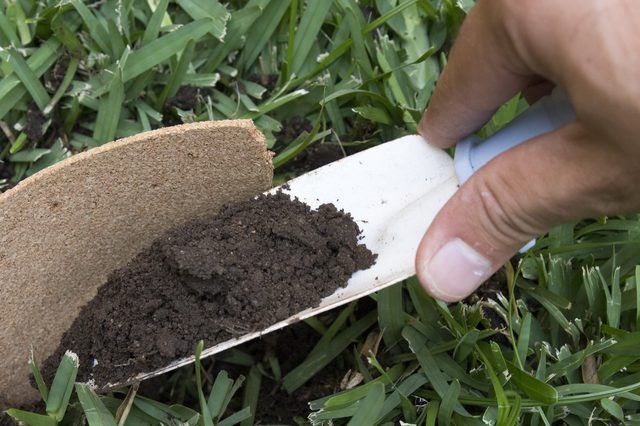Bulbs
Flower Basics
Flower Beds & Specialty Gardens
Flower Garden
Garden Furniture
Garden Gnomes
Garden Seeds
Garden Sheds
Garden Statues
Garden Tools & Supplies
Gardening Basics
Green & Organic
Groundcovers & Vines
Growing Annuals
Growing Basil
Growing Beans
Growing Berries
Growing Blueberries
Growing Cactus
Growing Corn
Growing Cotton
Growing Edibles
Growing Flowers
Growing Garlic
Growing Grapes
Growing Grass
Growing Herbs
Growing Jasmine
Growing Mint
Growing Mushrooms
Orchids
Growing Peanuts
Growing Perennials
Growing Plants
Growing Rosemary
Growing Roses
Growing Strawberries
Growing Sunflowers
Growing Thyme
Growing Tomatoes
Growing Tulips
Growing Vegetables
Herb Basics
Herb Garden
Indoor Growing
Landscaping Basics
Landscaping Patios
Landscaping Plants
Landscaping Shrubs
Landscaping Trees
Landscaping Walks & Pathways
Lawn Basics
Lawn Maintenance
Lawn Mowers
Lawn Ornaments
Lawn Planting
Lawn Tools
Outdoor Growing
Overall Landscape Planning
Pests, Weeds & Problems
Plant Basics
Rock Garden
Rose Garden
Shrubs
Soil
Specialty Gardens
Trees
Vegetable Garden
Yard Maintenance
How to Install Bender Board
How to Install Bender Board. Bender board is just what it sounds like -- a thin, flexible board that curves and bends. In the past, bender board was made of redwood, cedar, and other wood that does not rot easily. Today, it is usually made of plastic and designed to resemble wood. Bender board is a versatile, inexpensive choice for edging flower...
Bender board is just what it sounds like -- a thin, flexible board that curves and bends. In the past, bender board was made of redwood, cedar, and other wood that does not rot easily. Today, it is usually made of plastic and designed to resemble wood. Bender board is a versatile, inexpensive choice for edging flower beds, and the fact that it can form graceful curves makes it appealing to home gardeners who want to create rounded edges.
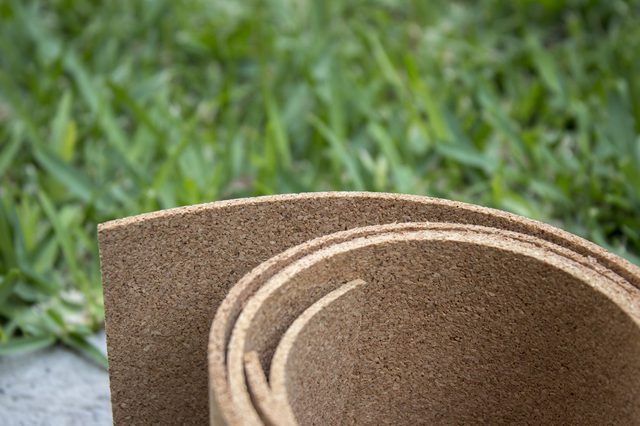
Things You'll Need
Garden hose or string
Grass spray paint
Stakes and nails or screws (sold with bender boards)
Spade
Level
Step 1
Unroll your bender board and secure each end with a brick or other heavy object so that it lays flat.
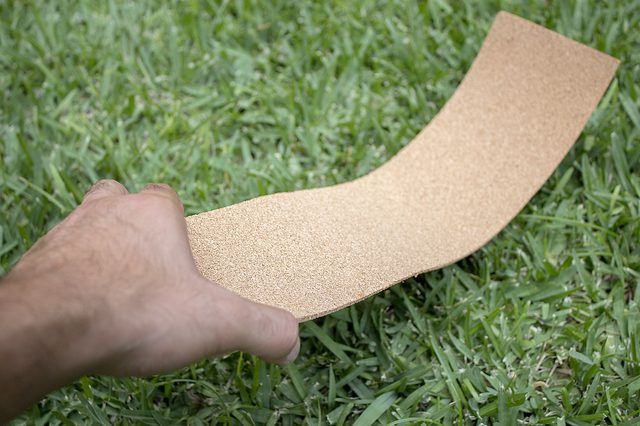
Step 2
Leave the bender board out in the warm sun for a few hours. This will make it more flexible, so that it will bend more easily when you install it.
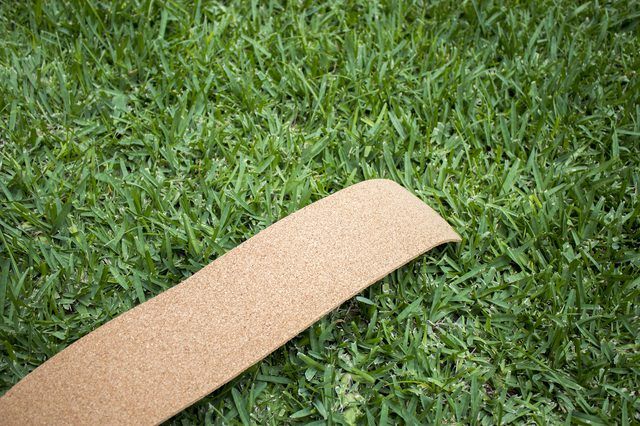
Step 3
Arrange a garden hose or piece of string on the ground to mark the path of the bender board. Then, lift the rope or hose and mark the ground with spray paint.
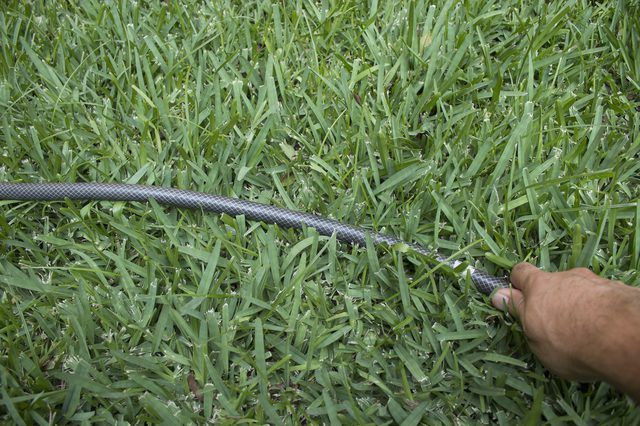
Step 4
Measure the height of the bender board so that you know how deep to dig the trench. Bender boards range from about 3.5 to 8 inches tall. The trench should be deep enough so that the bender board protrudes only about a half-inch above the surface of the soil when fully installed in the trench. So, for a 6-inch tall board, you will dig a trench that is 5.5 inches deep.
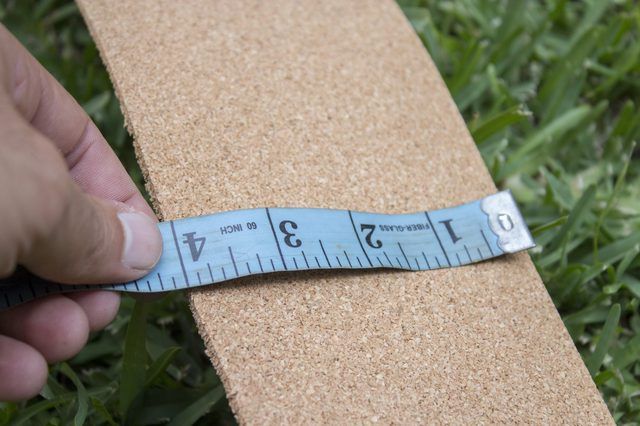
Step 5
Dig the trench along the spray-painted path. It should be wider at the top than at the bottom, like the letter "V."
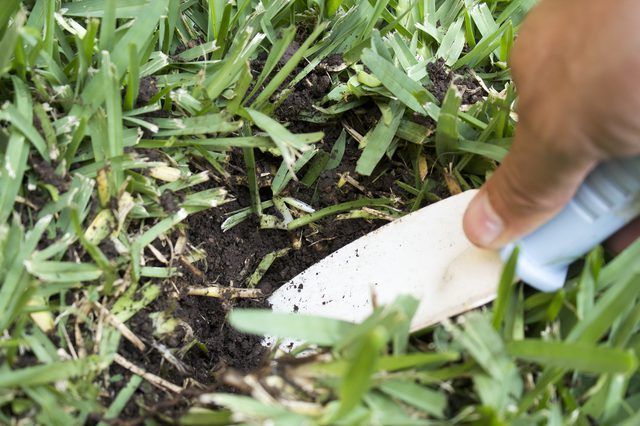
Step 6
Insert the bender board into the trench, carefully curving it along the path.
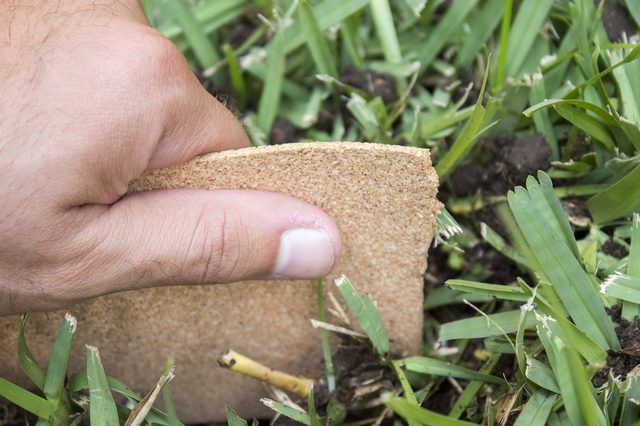
Step 7
Insert stakes alongside the bender board about every 4 to 6 feet, and more often as needed along the curves.
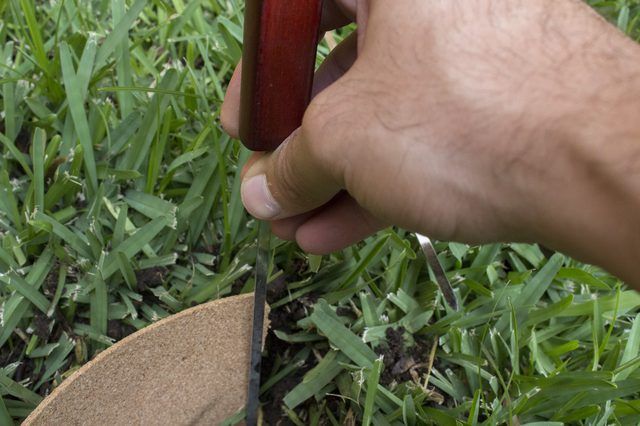
Step 8
Secure the bender board to the stakes with nails or screws, depending on the type of board. Check to make sure it is level before securing it.
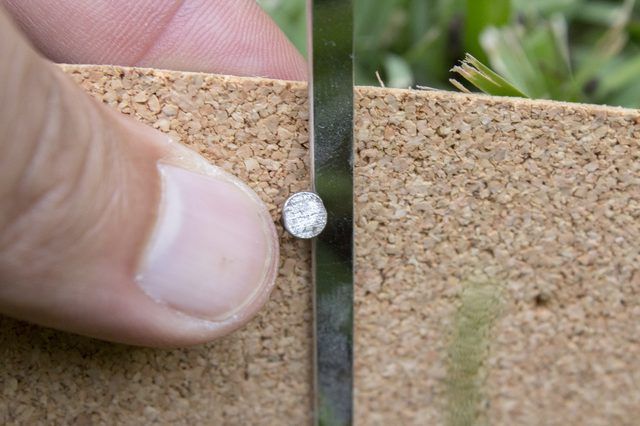
Step 9
Fill the trench back in with the removed dirt, tamping it down to secure the board further. Do not cover the top edge of the board with dirt.
